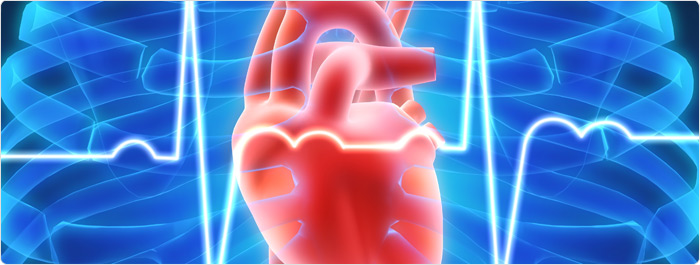Resting heart rate is the number of times your heart beats per minute at rest. Rest does not mean, when you are not exercising, but is your heart rate just as you wake up from a good nights sleep. Often people will use meditation or centred breathing techniques to help bring their heart rate back down to resting levels.
Resting heart rate declines as a result of training. It is not uncommon for elite athletes to have resting heart rates as low as 30-40bpm. This physiological adaptation happens because a number of other adaptations allow it to.
One of these is an increase in stroke volume. An increase in the amount of blood pumped out with each contraction means the heart can have a lower rate of contraction while still transporting the same volume of blood.
Another physiological adaptation that helps to decrease an athletes resting heart rate is an increase in haemoglobin levels. Increased haemoglobin levels, results in more oxygen being transported per mL or L of blood. This means in order to deliver the same amount of oxygen, the body needs to transfer less blood than someone who is not trained.
These two adaptations allow for greater oxygen transport, which means the heart does not have to contract as frequently to meet basal metabolic oxygen needs. A decreased resting heart rate means an athlete has more room to increase their heart rate to its maximum and, therefore can perform set workloads with a lower heart rate, perform at higher intensities than an untrained athlete, and maintain these intensities for longer.

